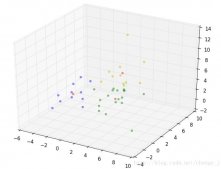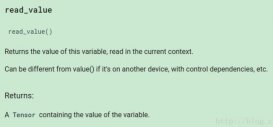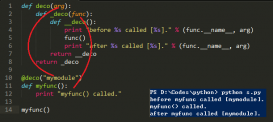endswith()方法返回true,如果字符串以指定后缀结尾,否则返回(False可选限制的匹配从给定的索引开始和结束)。
语法
以下是endswith()方法的语法:
|
1
|
str.endswith(suffix[, start[, end]]) |
参数
- suffix -- 这可能是一个字符串或者是元组用于查找后缀。
- start -- 切片从此开始
- end -- 切片到此为止
返回值
如果字符串以指定的后缀结束此方法返回true,否则返回false。
例子
下面的例子显示了endswith()方法的使用。
|
1
2
3
4
5
6
7
8
9
10
11
|
#!/usr/bin/pythonstr = "this is string example....wow!!!";suffix = "wow!!!";print str.endswith(suffix);print str.endswith(suffix,20);suffix = "is";print str.endswith(suffix, 2, 4);print str.endswith(suffix, 2, 6); |
当我们运行上面的程序,它会产生以下结果:
|
1
2
3
4
|
TrueTrueTrueFalse |












